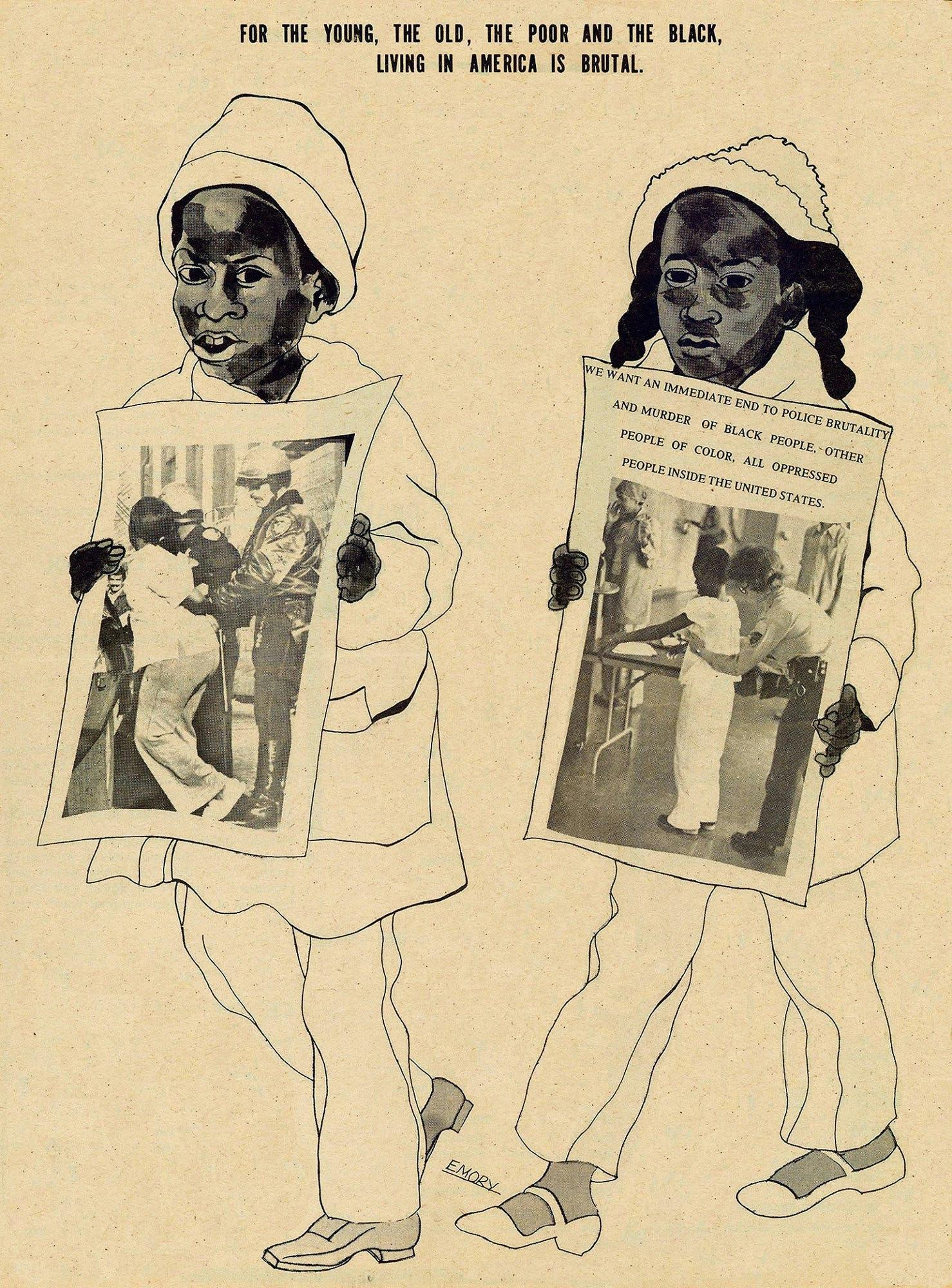Julia Custódio
Julia works with graphic design at Tátil Design, in Rio de Janeiro (RJ) and has been involved in the universe of creation since her childhood. She has a degree in Visual Communication at the School of Fine Arts at UFRJ, having her academic and professional trajectory going through Fashion Production, in addition to Design. Julia shares the references that marked her professional trajectory and leaves a provocation for the market.

Since I was very young, I understood that my first job option was Design. I learned to use Photoshop (a pirate version, which my mother bought from a street vendor) as a child, around 11 years old. I kept making album art for artists I liked to listen to and published my art online. Design was my only professional motivation. Later, in high school, I went to NAVE: a public school in Rio that offers technical education in the areas of Programming, Screenwriting and Multimedia. I was then able to have formal contact with Design, learn design principles and history, still in my teens. When I arrived at college, at the School of Fine Arts at UFRJ, the first two semesters I had already seen in high school. Along the way I studied Fashion Production and did some work in the area, but Design has always been my first passion.
Today I work at Tátil, a company that welcomed me and taught me a lot. In 2019, I participated in one of my favorite projects for The Coca-Cola Company with Camila Dias. We were invited to create the sustainability platform identity for all of Latin America. Launched in Mexico, the campaign is part of the Coca-Cola Company's global sustainability strategy, which proposes to recycle all its packaging by 2030.
01
Emory Douglas
Due to the lack of black references in the profession, during the first periods of college I believed that there were no black designers relevant to history. A friend then introduced me to Emory Douglas: my first black designer reference. Douglas is an American designer and artist, who worked as Minister of Culture for the Black Panther Party. From 1967 to 1980, Douglas oversaw the art direction and production of 'The Black Panther', the party's official newspaper. Douglas' art in the newspaper played an important role in propagating his combative criticism of the United States government, as well as any other institutions or persons perpetuating racism, police brutality, and poverty.

02
Luanda Vieira
Luanda is now a Beauty & Wellness editor at Vogue Brasil and, being a black woman, she was a great inspiration for me, who once dreamed of being a fashion editor. Seeing the trajectory of Luanda and the spaces she occupies is a breath of hope that we can have a voice in such a white-dominated market. I feel that her achievements are achievements for us too.

03
João da Motta
João da Motta is a visual artist who portrays in a unique and singular way the daily life of the periphery and the black people of Rio de Janeiro. His works move me and connect me with my ancestral roots.

A provocation
As a black woman, racism is ever-present in my existence and experience. I was surrounded by white people. Gradually, I could understand that the fact I was there meant that I had the power to change society at a systemic level — but that it also required a daily dose of confrontation; the feeling of being alone in this struggle. As we have been invisible since the beginning of our careers, today I try to look for references and black creative professionals to add to my own work. Actions, such as Wagner's DNBR, are fundamental for us to (re)know ourselves and for companies to finally catch up with our work and our talent.